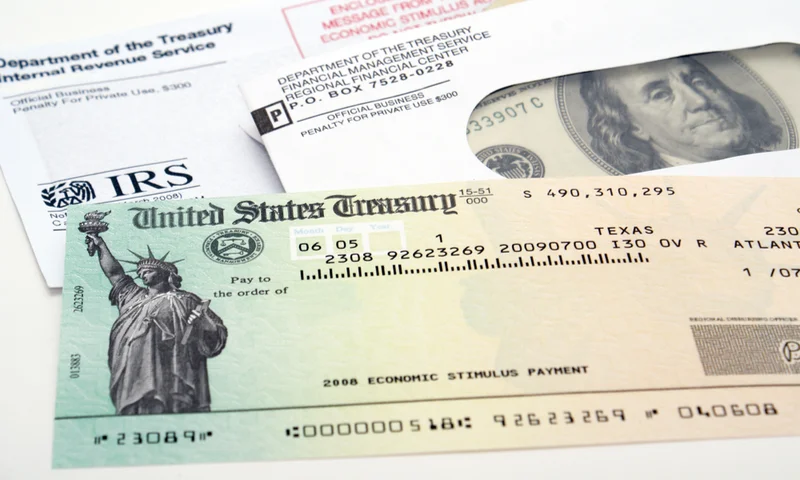Alright, let's dissect this latest proposal from Trump: a $2,000 "dividend" for most Americans, funded by tariff revenue. The immediate question isn't about the politics, but the arithmetic. Can it actually work?
The idea, as reported, is that tariffs – taxes on imports – would generate enough cash to cut checks to individuals. Trump himself touted the idea on Truth Social, and Senator Hawley has even floated similar (though smaller) proposals. The appeal is obvious: give people back some of the money they're feeling squeezed on. Khanna suggested something similar, a $2,000 stimulus check for families making under $100,000 a year.
The Treasury Department says it collected $195 billion in customs duties in the first three quarters of the year. Sounds like a lot, right? Well, Erica York at the Tax Foundation crunched the numbers: a $2,000 check to everyone earning under $100,000 would cost around $300 billion. And that's before factoring in kids. Arnold Ventures puts the figure even higher, at a potential $513 billion.
So, where's the extra money coming from? It's not there. As York points out, even accounting for the full budgetary impact, tariffs have only raised a net $90 billion. That leaves a rather large, shall we say, discrepancy.
The usual response is that it’s just a proposal, a starting point for negotiations. But the numbers themselves are so far off that it’s either wishful thinking or something else entirely. What are the chances of a stimulus check for 2025? Slim to none. Are stimulus checks being sent out? Latest news on claims of 2025 payments.
Here's where it gets interesting. The Yale Budget Lab says consumers are paying an average effective tariff rate of nearly 18% (to be more exact, 17.9%) – the highest since 1934. Companies aren't just eating these costs; they're passing them on.

And this is the part of the report that I find genuinely puzzling. The stated goal is to offset rising costs for Americans. But the very mechanism proposed – tariffs – is driving those costs. It's like trying to put out a fire with gasoline.
It's worth remembering that this isn't the first time such a plan has been suggested. Back in February, there was talk of a $5,000 "dividend" based on savings from a supposed department of government efficiency (DOGE). That, as we know, went nowhere. The national deficit actually increased.
Here's the bottom line: a $2,000 tariff "dividend" simply doesn't add up. The revenue isn't there, and the mechanism itself is counterproductive.
The Supreme Court is currently hearing arguments on the legality of these tariffs, which adds another layer of uncertainty.
The problem isn’t that the idea of getting money back is bad (nobody is going to complain about getting an IRS stimulus check), but that the numbers simply don't support the claims being made. It’s a triumph of optics over arithmetic.
It's a distraction, plain and simple. The numbers don't lie; this is about headlines, not sound economic policy.